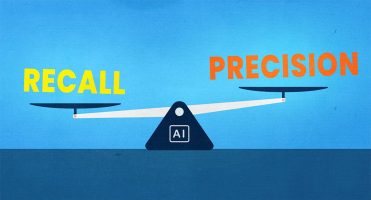The Origin of Kadaster Summaries
In 1804 (yes, we are going that far back) Napoleon Bonaparte becomes Emperor of the French and begins his Empire Building initiative! Part of his empire-building was, as is usually the case, to build an army. He’s quoted as saying, “An army marches on its stomach.” He felt that if his troops were not well equipped and well-fed, they would not be good soldiers. He wanted them to do their best.
However, Napoleon understood that wars are costly and would need finances to sustain them. The troops would need to be fed, clothed, housed, etc. as they marched on to war. How was Napoleon finance these wars? It was at this moment that Napoleon had an idea!
He established a land taxation system. It went like this; the system would reward individuals who owned land with official recognition of their assets by the State. They became homeowners and the State couldn’t take it away from them. The trade-off? The land and property owners would pay the price for the privilege. Better known as a tax! These taxes would then funnel their way to clothing, feeding, and equipping the troops. The land taxation system came into effect and aided his empire-building.
1810. Napoleon incorporated the Netherlands under the French Empire and imposed this taxation system. Now, he needed to survey the country to list the land and property owners. In 1812 he began his work.
1815. The Netherlands regained its independence from the French Empire, but this idea of land taxation proved to be such a great idea that King William I continues with the work as laid out by Napoleon. For the next 18 years King William I continued surveying the land.
By 1832 the whole of the Netherlands was surveyed. All land and property owners became officially recognised by the State and categorised accordingly. Kadaster is born.

Kadaster Today and Where We Come In
Kadaster, the name designated to the Dutch Cadastre, the Land Registry, and the national mapping of the Netherlands, is a recognised government agency. People log in to its portal and download land registry information. Kadaster is the source of reliable land registry information in the Netherlands. And, understandably, there is a lot of data. 100,000 exchanges of information occur on Kadaster every single day!
Legal firms, financial institutions, real estate firms, and other private businesses that work on projects involving land registry records are responsible for this exchange of information and data. With so much data to sift through and other roles and responsibilities, these institutions must adhere to, working with Kadastre records can be a challenge and resource-heavy. To make the situation harder, many of the documents in Kadaster are in the form of a PDF. Meaning that the transfer of information from a PDF to Excel is time-consuming and riddled with problems. Additionally, information on one asset will sit across multiple PDFs.
This means information
begins
life
all
jumbled up.
Often, someone will copy and paste the information into an Excel spreadsheet.
The manual line-by-line data extraction and transference of information to excel is cumbersome, time-consuming, and vulnerable to human error.
This is where Imprima Kadaster comes in! Below is an infographic of a traditional Kadaster process against Imprima’s Kadaster process:
Research shows that a person manually transferring Kadaster data completes 5 asset summaries per hour, whereas our automated tool can complete 50 Kadaster summaries in the same amount of time.
Automated Imprima Kadaster Summaries. Say goodbye to manual data extraction from PDF to Excel. Read more about it here.
Find out more about Imprima’s AI-driven software for Due Diligence:







